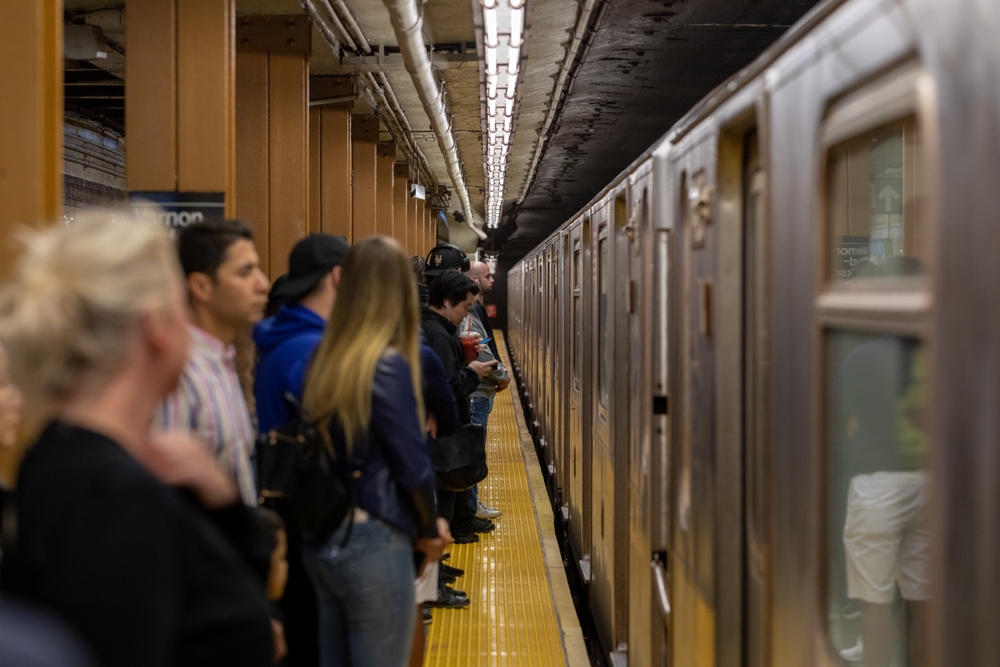As a transit supporter, I think that congestion pricing is a horrible way to fund a mass transit capital plan. The MTA needs a steady stream of revenue to fund its capital program. By definition, the primary goal of a congestion pricing program is to reduce traffic congestion.
The goal of the MTA and the goal of the congestion program are at complete odds with each other. The more successful that the program is, traffic will be reduced and less revenue will be generated. Unless, of course, you think, like the mindless apparatchiks at the MTA, that you can just keep increasing the congestion pricing charge to maintain the steady stream of revenue.
The arguments against congestion pricing to fund mass transit are irrefutable. It is a bad idea because fee-based revenue streams are notoriously volatile, and are typically only used for one-time or supplemental funding.
Other than the unintended consequence of destroying the Big Apple’s economic vitality, the strongest argument against congestion pricing is that it will not even fix our congestion, the source of which is not just the cars, trucks, e-bikes, mopeds, bikes and scooters themselves, but their drivers: double parking, placard abuse, bike and bus lane violations, driving the wrong way on one-way streets, and failure to stop at stop signs and even red lights are rampant.
The behavior of these drivers in Midtown and Lower Manhattan is not a state issue. It is a New York City problem and the city needs to fix it, simply by enforcing the laws.
There is an elegant, easy to implement and sustainable way forward to fund the MTA’s capital plan: a broad-based, very modest increase in the existing transit sales tax rate.
You may be surprised to hear that you support mass transit every time you buy something in New York, even when you “buy now” on Amazon. The revenue from the existing transit sales tax of 0.375% generates approximately $1 billion annually and it is placed in a “lockbox” for the MTA’s capital budget. This grows over time, and it exceeds inflation due to a combination of rising populations of residents, commuters, and tourists across the region.
A modest increase of 3/8 of 1% in that rate across the MTA region is a practical choice because the collection system already exists. It will double the $1 billion the MTA capital program receives.
Unlike congestion pricing, implementation would not be burdened with any additional expenses related to collection, technology or enforcement. Further, sales tax revenues provide a predictable revenue stream that enables better planning and financing of large-scale projects like the MTA capital plan.
These revenue streams are considered less risky and attract more federal government transit grants for large-scale infrastructure projects while allowing for more favorable interest rates when borrowing in the capital markets.
No one will like a sales tax increase; it is regressive by its very definition. But I want you to think about what an incremental .375% sales tax means to you individually and the entire value it will bring to the entire New York metropolitan area. On a purchase of $100, it would be a tax to you of just 38 cents. Annually, it would generate an aggregate billion dollars and allow the mass transit capital programs to continue for NYC Transit, Long Island Rail Road and Metro-North. It’s a good deal.
Even with this proposal, the transit sales tax burden on New Yorkers would still be the lowest in the nation. New York City’s transit sales tax rate would be lower than every major city in the U.S. including Atlanta, Boston and Chicago and less than half the rate in Los Angeles.
The New York metropolitan region has a transit system that is the envy of the world, connecting people to jobs, providing affordable transportation options for diverse populations, and protecting the environment (MTA riders avoid more than 20 million metric tons of greenhouse gas emissions each year by using public transit instead of driving). It is not hyperbole to say that the MTA is essential for the long-term health, environmental sustainability, economic vitality, social equity, and overall quality of life in our region.
Funding has always been a challenge for the MTA, a system that has faced much greater challenges in the past (Superstorm Sandy, for instance, leaps to mind) and, like those, this is one eminently solvable.
We can fix the subways and the commuter rail roads. We can have the Second Ave. subway. A dedicated sales tax increment is affordable to everyone while providing a revenue stream that is reliable.
It’s time for some common sense.
Lhota is a former MTA chairman.
